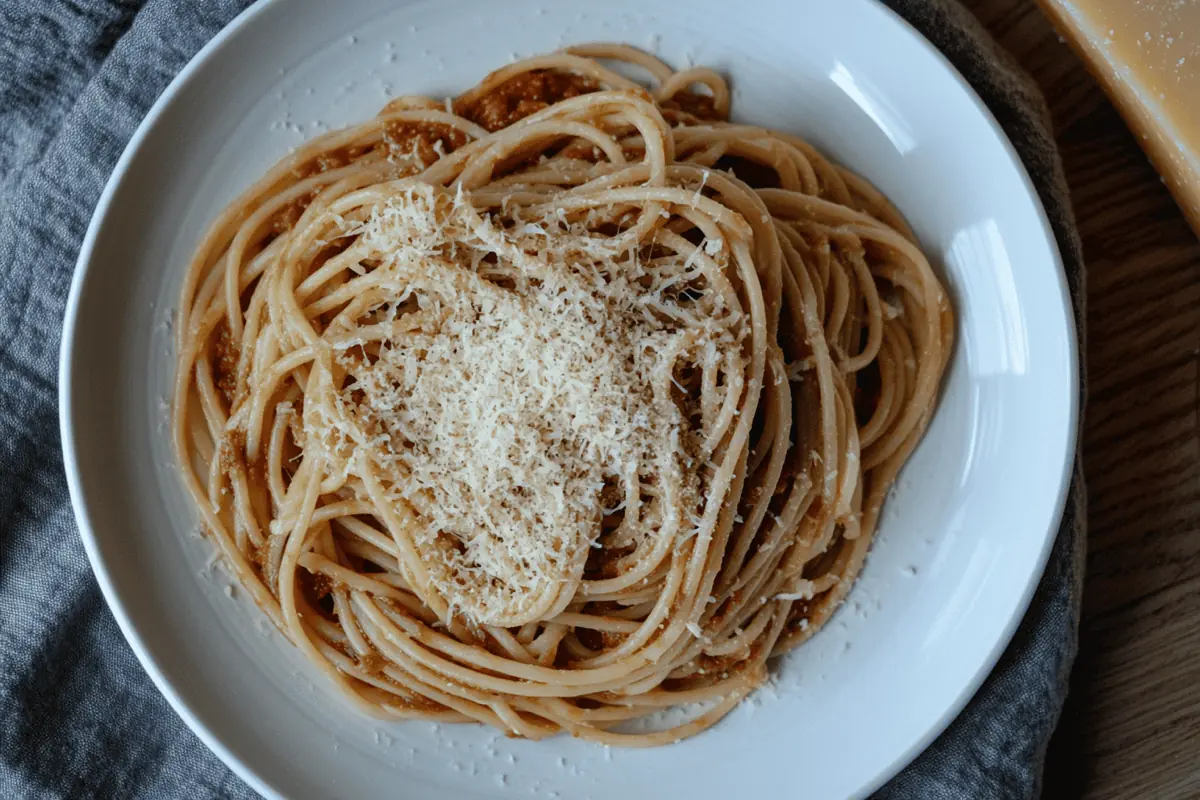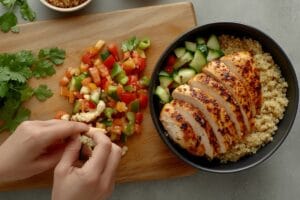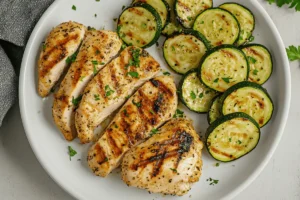Carbohydrate loading stands out as a strategy many athletes use to maximize energy stores. When done right, it helps sustain long efforts in running, cycling, or other endurance sports. Moreover, carbohydrate loading examples often highlight how best to load up on carb loading foods without feeling too heavy.
This approach can make the difference between hitting a personal record and running out of steam mid-race. Yet, many people remain confused about how to design a carb loading meal plan, how do I know if I am carb loaded, or how to come off of carb loading effectively. To remove the mystery, this article explores best foods for carb loading, good carb load meals, and how to fine-tune your carbohydrate loading foods so you feel energized and never weighed down.
Table of contents
Exploring Carbohydrate Loading Examples for Peak Performance
Carbohydrate loading, also known as carb loading the night before an event, involves eating extra carbs to fill glycogen stores in your muscles. In fact, your muscles need glycogen during endurance activities, providing the essential fuel for prolonged effort. Best carb loading meals can pack a high-carb punch, yet you want to select nutrient-rich sources to keep your body balanced. The following carbohydrate loading examples demonstrate how to meet these goals, while also highlighting the best carb loading foods for running or any endurance challenge.
What to Eat for Success
In a typical carb loading menu, you might see a higher proportion of pasta, rice, oats, or potatoes. However, other best carbs for carb loading might include whole grains, beans, or even fruit in moderate amounts. Carbohydrate loading examples also suggest boosting fluids to help your body store carbs more effectively. Moreover, many people choose carb loading the night before a big race. They might enjoy a hearty pasta dish with lean protein or a rice-based meal loaded with roasted vegetables. Yet, keep your meal easy to digest by avoiding heavy creams or excess oils. By prioritizing good foods for carb loading, you keep your digestion smooth and your energy high.
Balancing Protein, Fats, and Carbs in Carb Loading
Even though the main focus rests on high carb foods for carb loading, you must balance your plate. Lean protein helps with muscle repair, and small amounts of healthy fats support vitamin absorption. So, when designing your carb loading meal plan, include some chicken, fish, or tofu. The key is leaning on carbohydrate loading foods that do not overload you with sugar or saturated fat. For instance, you might pick turkey chili with beans and rice for a hearty boost. Or you might choose sweet potatoes and chicken breast with some green veggies. These good carb load meals combine slow-burning carbs with essential nutrients.
Best Carb Loading Foods for Running and Other Endurance Sports
Runners often talk about big pasta dinners. Yet, not everyone tolerates wheat-based carbs well. Thus, best carbs for carb loading can include gluten-free options like quinoa, brown rice, or oatmeal. Also, starchy vegetables like sweet potatoes or winter squash can join your plate. Indeed, fruit juices, bananas, or fruit-based smoothies may appear in some carbohydrate loading meal plan examples. But watch out for added sugars, as they can spike your blood sugar too quickly. Instead, focus on whole fruits or 100% juice, which provide vitamins alongside carbs. Ultimately, pick best foods for carb loading that suit your digestive system and personal taste, ensuring you do not feel bloated or sluggish.
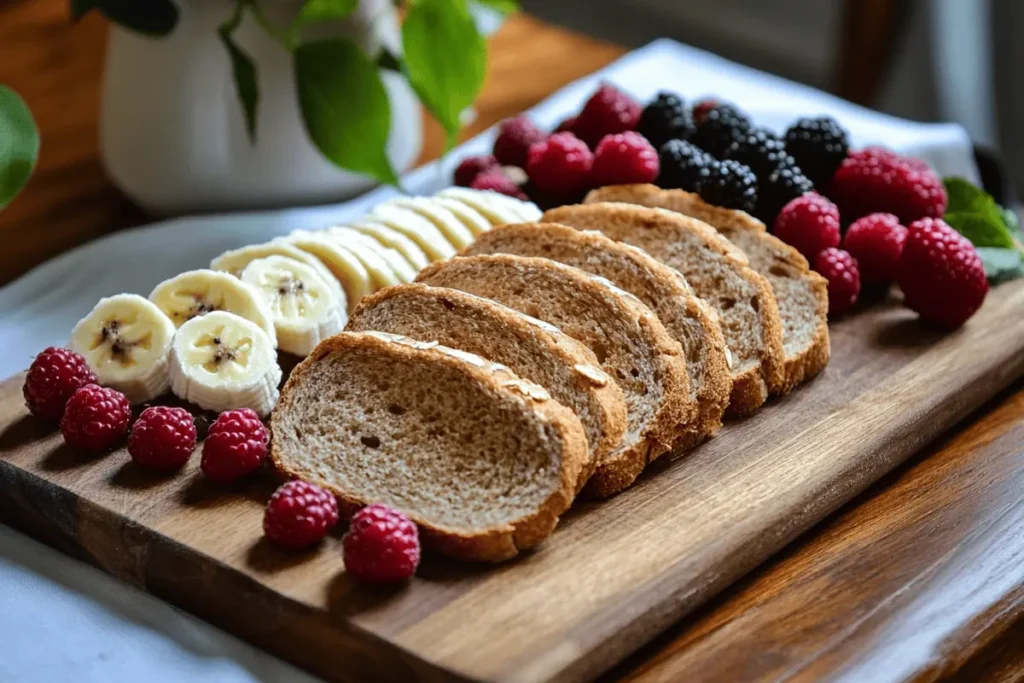
High Carb Foods for Carb Loading That Promote Steady Energy
If you prefer grains, look for whole-grain pasta or bread. They contain fiber that can help sustain energy. Oats, especially rolled or steel-cut, can form a basis for a satisfying breakfast. Potatoes or sweet potatoes also rank as prime carb loading meals, especially when combined with moderate protein. You can roast or mash them, then pair with lean meat or beans. Some athletes like to add a little fruit to their carb loading the night before a race, picking bananas or dried fruits for quick energy. Just remember to space out your carb loading menu so you do not overwhelm your stomach in one sitting.
Creative Ways to Add Carbs into Meals
Carbohydrate loading does not mean you must eat plain pasta. For instance, you can build a burrito bowl with rice, beans, corn, salsa, and a bit of meat or cheese. Another option might be a stir-fry with noodles and plenty of vegetables. Or, consider a soup loaded with barley, lentils, and veggies. If you want sweet flavors, incorporate oatmeal or fruit smoothies. The goal is to keep your carb loading meal plan enjoyable, which encourages consistency. In all these carbohydrate loading examples, variety ensures you capture a range of vitamins, minerals, and antioxidants that support overall health.
Structuring a Carbohydrate Loading Meal Plan
To maximize benefits, many athletes begin carb loading about two or three days before a major event. During this period, you gradually increase carbohydrate intake, tapering intense training. By the day before, you might be close to 70% of your calories coming from carbs. Yet, it is not all about quantity. It also matters how to come off of carb loading.
Once the race or event ends, you can scale back carbs and return to a balanced approach. Because the body has different needs post-event, you might transition to a normal ratio of carbs, proteins, and fats. Understanding how do I know if I am carb loaded typically involves checking your weight (small increases happen as you store glycogen) and noticing if you feel extra energy.
Carb Loading the Night Before
Because many events happen in the morning, carb loading the night before stands as a common practice. You might enjoy a larger dinner of pasta with a simple marinara sauce, grilled chicken, and a side salad. Keep it moderate in fats to ease digestion. Also, drink enough fluids, ideally water or sports drinks with electrolytes. This approach ensures glycogen stores fill up by morning. Then, for breakfast, have a light carb-based meal to top off your energy. Good carb load meals might be oatmeal with bananas and a drizzle of honey, or toast with peanut butter. Either way, you want to feel energized but not weighed down.
How to Come off of Carb Loading Effectively
After your event, your body might not need the same high-carb diet. You can revert to a balanced approach, reducing carbohydrate intake and reintroducing a mix of lean proteins, healthy fats, and vegetables. It helps to keep some carbs for muscle glycogen replenishment, but not as many as during the peak loading period. This step ensures you maintain healthy weight and stable blood sugar. If you struggle with intense carb cravings after the event, reintroduce complex carbs in moderate amounts, and pair them with proteins or healthy fats. Over time, this method recalibrates your diet to a more typical daily routine.
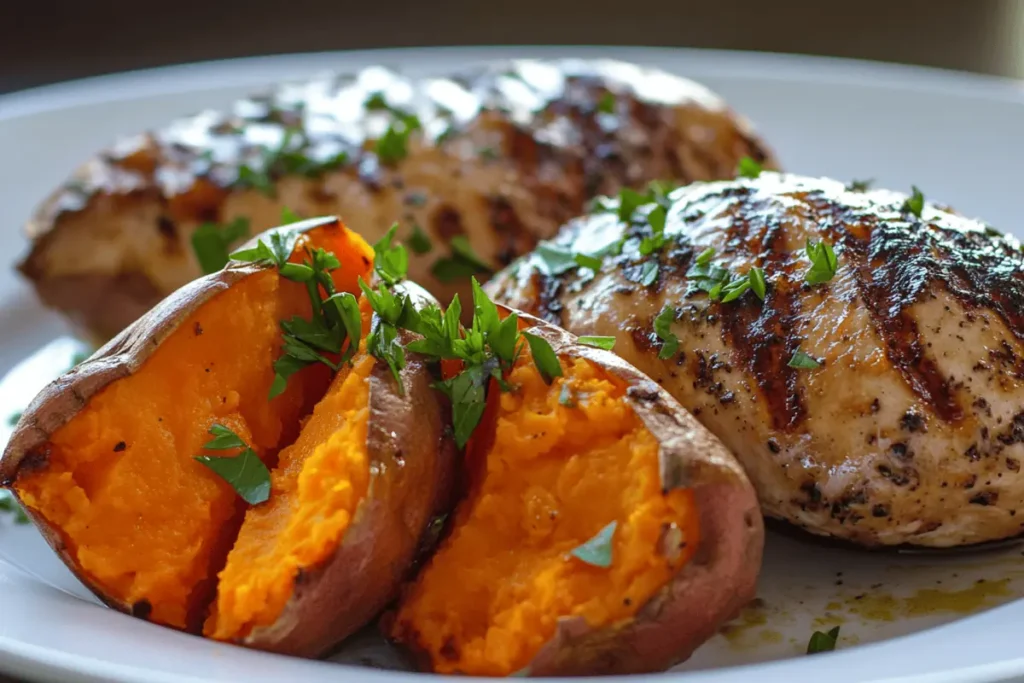
Example of a Carb Loading Menu for Endurance
Consider a sample three-day carbohydrate loading meal plan. On the first day, you aim for around 50% carbs. By the second day, move up to 60%. On the final day, approach 70%. Of course, these percentages vary by individual, weight, and training load. But these carb loading meals demonstrate a general outline.
- Day 1: Oatmeal with berries for breakfast, a turkey sandwich on whole-grain bread for lunch, and a moderate bowl of pasta with chicken for dinner. Snack on fruit or yogurt.
- Day 2: Start with a whole-grain bagel and peanut butter, then a rice-based stir-fry with lean beef for lunch. For dinner, pick a sweet potato topped with cottage cheese and a side of vegetables. Include some fruit or crackers as snacks.
- Day 3 (Carb Loading the Night Before): Begin with pancakes or waffles (whole wheat if possible), add some fruit, and maybe a dash of syrup. Lunch might feature a bowl of quinoa with roasted vegetables and beans. Dinner is your main carb load: a large portion of pasta in a simple sauce with grilled chicken or shrimp. Snack on an energy bar or banana if you need extra carbs.
Best Meals That Offer Flavor and Fuel
To keep your taste buds happy, vary your grains and add flavor with minimal fats. For instance, a chili loaded with beans, a bit of lean ground turkey, and served over rice can be a great carb loading meal plan component. If you want convenience, a wrap with brown rice, beans, salsa, and chicken can deliver the needed carbs. Meanwhile, cereals like shredded wheat or muesli top the list for best carb loading foods for running, especially if you add banana slices or raisins. Because these examples supply slow-release carbs and some fiber, they help maintain energy levels without dramatic spikes.
Best Foods for Carb Loading and Their Nutritional Benefits
Carb loading foods should not merely provide calories but also offer nutrients. For example, whole grains contain B vitamins and minerals. Beans and legumes supply protein and fiber. Fruits add vitamins, antioxidants, and a bit of natural sweetness. Depending on your preference, you might incorporate dairy or soy products for added protein. The main idea is to focus on nutrient-dense carbs rather than empty-calorie items like sugar-laden desserts. Good foods for carb loading give you sustainable energy, reduce the risk of gastrointestinal distress, and support muscle function. At the same time, they should taste good enough to encourage you to eat sufficient amounts.
High Carb Foods for Carb Loading That Avoid Excess Sugar
Whole-wheat pasta, brown rice, quinoa, oats, and barley stand out as best carbs for carb loading because they contain more fiber and nutrients. Meanwhile, sweet potatoes and squash add vitamins A and C. Bananas, oranges, and berries bring natural sugar plus micronutrients. If you opt for sports drinks, watch for artificial additives and high sugar content. Sometimes, a simple homemade smoothie with fruit, Greek yogurt, and a small handful of spinach can suffice as a quick carbohydrate loading foods option. Always read labels to ensure you are not ingesting large amounts of added sugars, as those can cause energy crashes and reduce the overall nutritional quality of your carb loading plan.
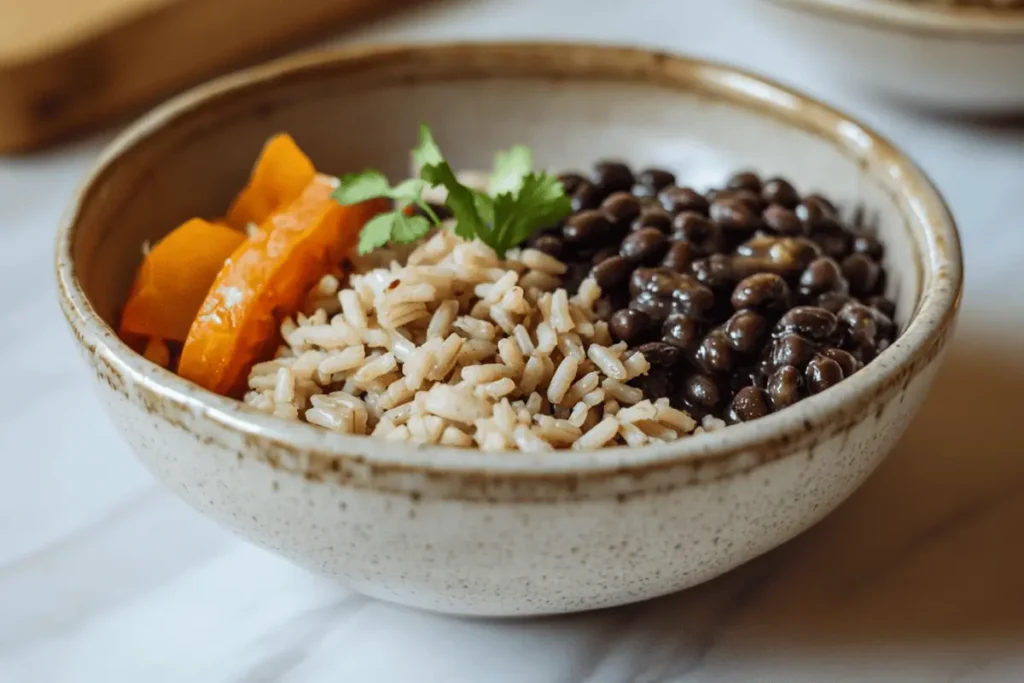
Good Carb Load Meals for Vegetarian or Vegan Diets
Vegans and vegetarians can also practice carbohydrate loading. Bean-based soups, lentil stews, or chickpea curries can form a hearty base. Pair them with brown rice or whole-wheat bread. Tofu or tempeh provide additional protein. You might also use plant-based protein powders in shakes if you find it hard to eat enough carbohydrates from whole foods.
Meanwhile, incorporate seeds or nuts for healthy fats, though remember they contain fewer carbs. A carbohydrate loading meal plan does not have to revolve around meat or dairy. Simply ensure you still get enough protein and watch out for too much fiber that could cause digestive discomfort. Balance remains key.
How Do I Know If I Am Carb Loaded?
Many athletes rely on subtle cues. A slight weight increase often indicates glycogen storage because glycogen binds water in the muscles. Also, you may feel more energetic during workouts. However, be cautious of overdoing fiber, which can lead to bloating. Additionally, ensuring adequate hydration helps your body store these carbs. Another clue might be your performance in short test workouts—if you feel stronger and less fatigued, you might be carb loaded effectively. If you track macros, aim for around 8-10 grams of carbohydrates per kilogram of body weight in the final day or two, depending on your training and body size. Observing these markers can keep you from under- or over-shooting your carbohydrate loading targets.
Adjusting Mid-Plan
If you sense you are not hitting your carb goals or you feel uncomfortably full, adjust your plan. Some people find they do better with frequent smaller meals rather than huge plates of pasta. Others might add a few sports drinks to boost carb intake quickly. Also, keep in mind that fat content should remain moderate. Going overboard with rich sauces or excessive cheese can weigh you down. Listening to your body can guide you to the right approach. If you have a big race or event, do a trial run of your carb loading meal plan during training. That way, you can refine details before the main event.
Conclusion
Carbohydrate loading examples reveal that fueling up with carbs need not be complicated or bland. By focusing on nutrient-rich carb loading meals, you sustain energy for demanding activities like marathons or triathlons. Moreover, good carb load meals do not just revolve around pasta; they can include grains, beans, fruits, and starchy vegetables. Designing a carb loading meal plan with enough protein and essential fats further optimizes performance.
And while carb loading is often done the night before a race, you may benefit from a multi-day approach leading up to the event. Finally, if you watch your intake closely and pay attention to how your body responds, you can master how to come off of carb loading and resume a balanced diet afterward. Embrace the best carb loading foods for running or any sport, and enjoy the improved stamina and endurance they provide.
Frequently Asked Questions
What is an example of carb-loading?
An example involves increasing your carbohydrate intake for a few days leading up to a marathon. You might eat whole-grain pasta, oatmeal, sweet potatoes, and fruit juices to boost muscle glycogen. This strategy ensures high energy levels during the race.
What foods are good for carb-loading?
Whole grains like brown rice and oats, starchy vegetables like sweet potatoes, and fruits such as bananas rank as excellent carb-loading foods. Beans, lentils, and whole-wheat pasta also contribute complex carbs. These choices offer vitamins, minerals, and steady energy release.
What is a safe plan for carbohydrate loading?
A safe plan involves slowly increasing carbs two or three days before an endurance event, while reducing training intensity. Focus on nutrient-dense carbs like whole grains, fruits, and beans. Avoid extremely high sugar or fatty meals, which can cause digestive issues.
What drinks are good for carb-loading?
Some people use sports drinks or fruit juices to add carbs quickly. Choose low-sugar or diluted versions if you want to avoid spikes in blood sugar. Water remains essential for hydration, helping your body store carbs efficiently and maintain electrolytes.

